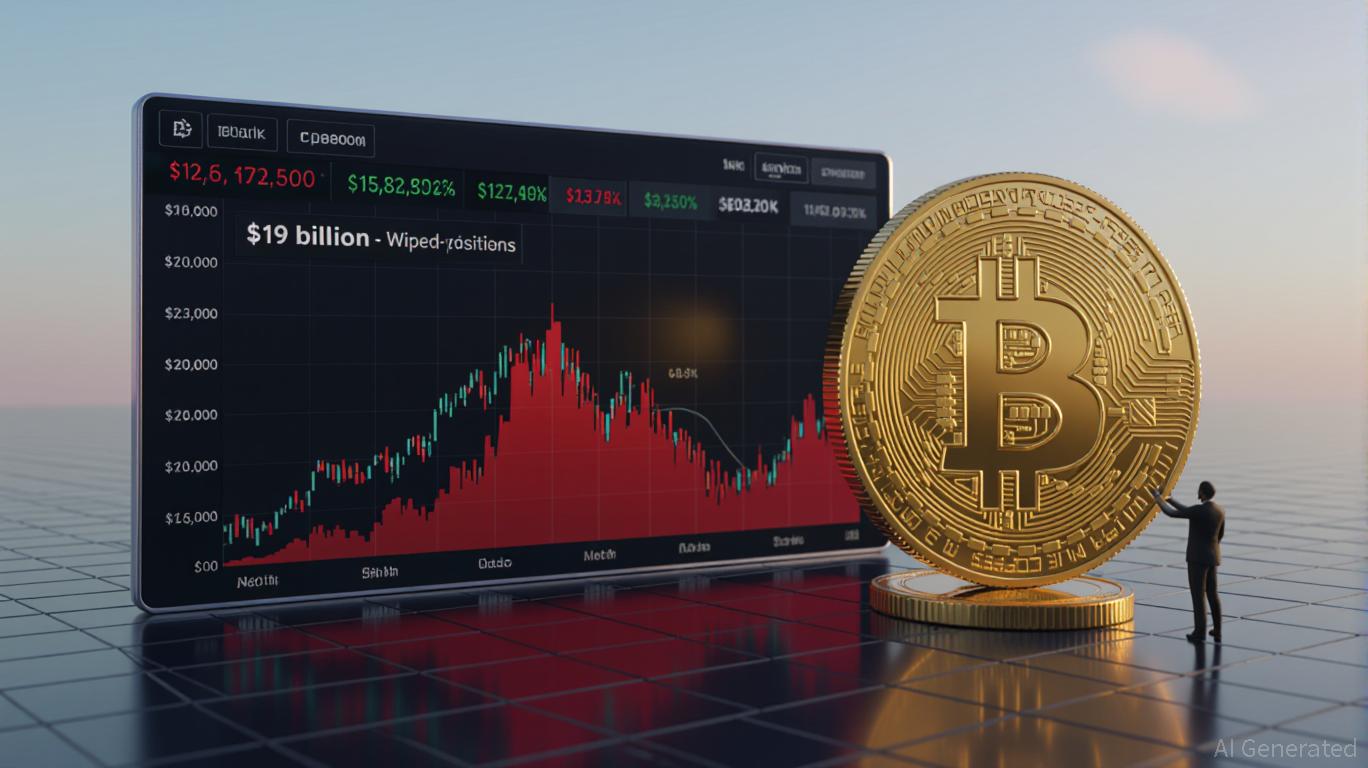Bitcoin Updates Today: Bitcoin Drops Sharply: Individual Investors Exit as Corporations Remain Confident
Bitcoin has recently tumbled from its October high of $126,272 to a seven-month low around $80,553, sparking renewed concerns about a possible widespread market downturn. Institutional analysts and business executives are offering conflicting outlooks on the cryptocurrency’s short-term direction. This sharp decline
According to JPMorgan analysts, retail investors have

BitMine, which has introduced a $0.01 per-share annual dividend, reported a net profit of $328 million for fiscal 2025, fueled by its strategy of accumulating both Bitcoin and Ethereum. The company also
Michael Saylor, founder of MicroStrategy, whose company could see up to $11.6 billion in outflows if it is removed from major indices, downplayed worries about volatility caused by stablecoins. He pointed out that Bitcoin’s volatility has dropped from 80% to 50% since 2020 and
The correlation between Bitcoin and the stock market has grown stronger, with the cryptocurrency increasingly tracking the performance of small-cap tech shares, especially those in the Russell 2000 tech sector. This trend has raised concerns among strategists such as Fundstrat’s Hardika Singh, who sees Bitcoin as a "sentiment gauge" for the wider market. "
Despite the recent volatility, institutional investors like Hilbert Group are taking advantage of the downturn. The Swedish investment firm
With Bitcoin trading near key support levels, market participants are watching for signs of stabilization. JPMorgan’s research indicates that the recent decline is being driven by retail activity rather than a general retreat from risk, while moves like BitMine’s dividend and Hilbert’s ongoing accumulation reflect enduring confidence in the sector. Whether the $74,000 threshold will hold—or if another upward surge is ahead—will hinge on the balance between institutional moves, retail sentiment, and broader economic trends.
Disclaimer: The content of this article solely reflects the author's opinion and does not represent the platform in any capacity. This article is not intended to serve as a reference for making investment decisions.
You may also like
Bolivia eyes crypto and stablecoins to fight inflation and US dollar shortage

COTI and Houdini Swap Integrate Privacy and Regulatory Compliance to Support Institutional Blockchain Integration
- COTI partners with Houdini Swap to enable confidential cross-chain swaps, preserving user privacy while maintaining regulatory compliance for institutional adoption. - The integration uses non-custodial architecture and split-transaction routing to obscure sender-receiver links while allowing KYT checks on regulated exchanges. - COTI's Garbled Circuits infrastructure supports enterprise-grade privacy, enabling full lifecycle compliance from asset swaps to DeFi interactions without data exposure. - With $

XRP News Update: XRP ETF Momentum and Institutional Interest Face Off Against Technical Challenges in $15.5 Trillion Pursuit
- XRP gains traction via spot ETF approvals and institutional adoption, unlocking a $15.5T market potential as Ripple expands into prime brokerage and cross-border payments. - SEC-approved ETFs from Bitwise, 21Shares, and Grayscale attract $645M in AUM, offering investors regulated access to XRP with fees ranging from 0.34% to 1.89%. - Ripple's $1.25B acquisition of Hidden Road (Ripple Prime) enhances XRP's utility as collateral for $3T in annual settlements, boosting institutional liquidity and adoption.
Bitcoin Leverage Liquidations: Potential Impact on Institutional Involvement in 2025
- 2025 crypto market saw $19B in Bitcoin liquidations after October 10 crash, slashing prices from $126k to $82k amid 70% long-position collapses. - 1,001:1 leverage ratios and 78% perpetual futures dominance created self-reinforcing sell-offs, exposing systemic risks in hyper-leveraged derivatives. - Fed rate hikes and the GENIUS Act's stablecoin rules intensified volatility, forcing institutions to adopt AIFM risk models and RWA diversification. - Post-crisis reforms show $73.59B in crypto-collateralized
